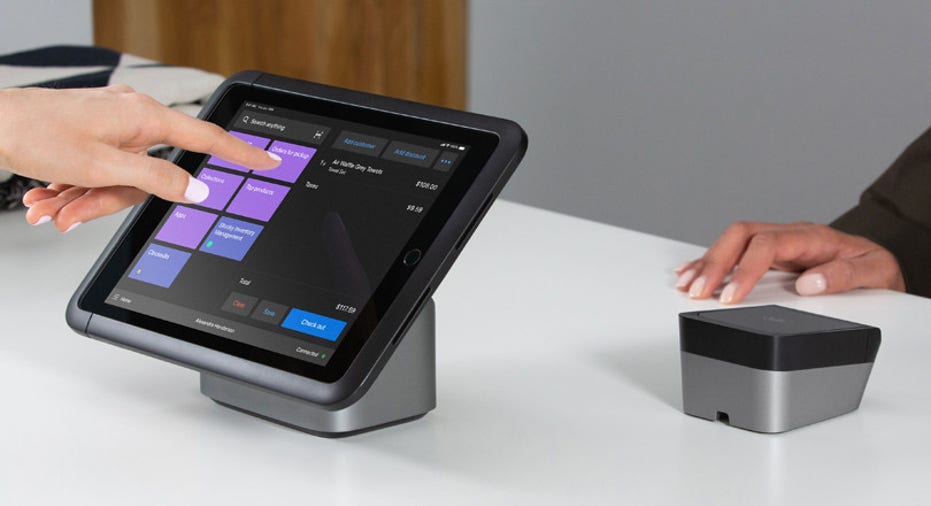Shopify Announces Global E-Commerce Features in Shopify Plus

E-commerce software provider and PCMag Editors' Choice winner Shopify kicked off its yearly Shopify Unite 2019 partner and developer conference in Toronto yesterday. Today, Shopify announced that it is enhancing its Shopify Plus platform to include global capabilities aimed at enterprises.
According to the announcement (which is one of the more important ones coming from the conference), the enhanced Shopify Plus suite will include new global capabilities surrounding currency support and a low-cost e-commerce fulfillment network. These enterprise-minded global capabilities in Shopify Plus will be available later this year.
The announcement is something of a rarity for Shopify , which became our Editors' Choice pick in our e-commerce software review roundup largely due to how well it works for small to midsize businesses (SMBs). In the same vein, the company also makes Shopify POS, its point-of-sale (POS) system that's also aimed at SMBs as well as entrepreneurs and online merchants. With all of that focus on the SMB space, the fact that the Shopify Plus announcement focuses on the global needs of enterprises stands out.
Enabling Global E-Commerce
Shopify Plus is designed to meet the needs of larger businesses when they grow beyond just one market or country. As Shopify's customers get bigger, they expand the number of stores globally to meet the needs of specific regions. This requires that they sell across multiple language barriers and also in multiple currencies. This is why Shopify Plus will enable all merchants to sell in multiple currencies and get paid in their local currency, too.
Shopify is also adding new language capabilities to its platform, including Danish, Dutch, Finnish, Hindi, Korean, Malay, Norwegian, Swedish, Thai, and Traditional Chinese). Backing this up will be a new Translations application programming interface (API) that promises a consistent shopping experience across multiple languages.
"We've been very lucky to work with some of the most innovative brands in the world," Loren Padelford, General Manager and Vice President for Shopify Plus, told PCMag. "Some of the brands have grown very rapidly from zero dollars in sales on our platform to billions of dollars. They've shared with us their journey and the challenges of growing, and their needs for scaling especially when going global."
What should make Shopify attractive to larger customers is that the company has worked with more than 820,000 merchants in 175 countries. It also has over 19,000 partners ranging from digital agencies, custom software builders, and system integrators. This means it has built solutions to solve customer challenges at various stages of growth, according to Padelford.
"Getting bigger means business gets harder to manage," he noted. "Shopify Plus provides a platform where our largest customers can manage the entire business instead of just managing a single store. It allows Shopify users to look at their businesses at a complex global level."
Simplifying Multi-Channel E-Commerce
Shopify's addition of new features in Shopify Plus is in response to Direct-to-Consumer (DTC) retail brands that are growing quickly and trying things that haven't been done in traditional retail. Padelford points out that the challenges facing these companies include all of the usual headaches of expanding into new countries and currencies, but that now they also add a new factor, namely, that customers expect to buy across a long list of potential sales channels. These enterprises have to navigate between online and offline sales as well as growing social media and mobile sale opportunities. All of these can have differernt requirements depending on geographic location.
"We take a thoughtful approach with our customers and try to understand the actual problems that they have," Padelford said. "[We] look for ways to solve those problems, both directly with Shopify but also within our partner ecosystem."
Shopify currently has 2,500 apps in its ecosystem that add functionality to its core products. This saves its customers time by making it easy to plug in existing solutions instead of having to integrate with third-party apps from other vendors.
Have any questions you need answered about international e-commerce? Join the PCMag@Work business community on LinkedIn, and you can ask vendors, other professionals like yourself, and PCMag's editors.
This article originally appeared on PCMag.com.



















